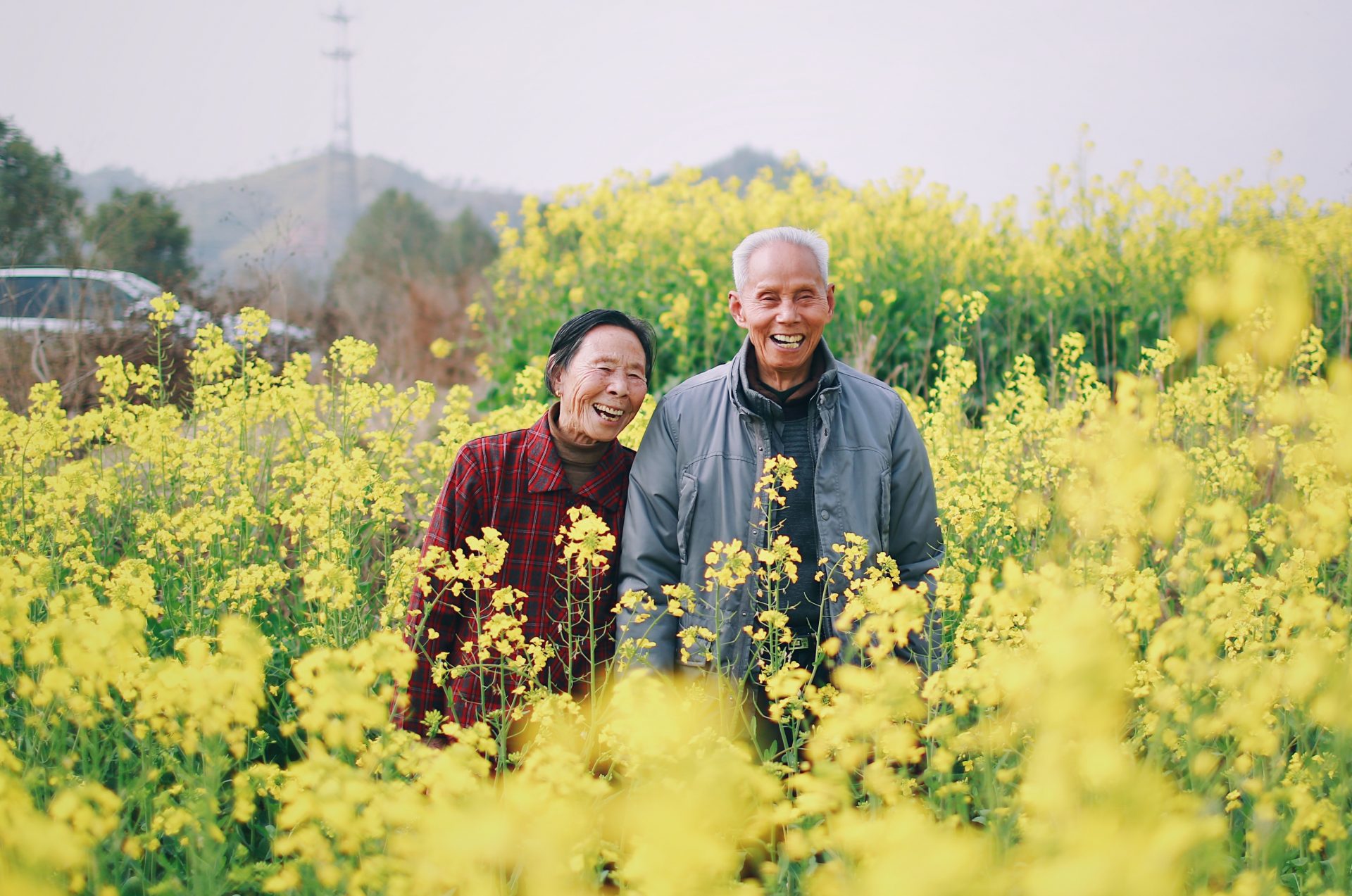- This paper analyses the current state of evidence and interconnections between policies to move toward universal health care (UHC), as a key element of social protection and advancing gender equality, women’s empowerment, and human rights
- It provides evidence of how gender is a key leverage point across all of the elements of a health system and its functioning that are necessary to advance UHC
- Includes policy recommendations for how to apply an intersectional gender approach to solving issues identified across each of these elements, namely governance, health service delivery, health information systems, human resources, financing and medical products and technologies
Several critical research gaps are identified, including a) a lack of sex-disaggregated data with respect to health systems; b) a lack of intersectional gender analysis of the impact of UHC reforms; c) weak inclusion of gender- and rights-based approaches; and d) insufficient context-relevant implementation research, especially with a gender focus.

Applying a gender lens to UHC by examining the health system entails recognising and analysing how gender power relations affect all six of its building blocks [namely, governance, health service delivery, health information systems, human resources, financing and medical products and technologies].
Financing mechanisms and policies are often blind to gender and other markers of discrimination in design, implementation, and impact.
Inequities in access to services often persist along with a range of intersecting dimensions including gender. Essential service packages are often gender-biased and suffer from poor quality.
The health workforce structurally disadvantages women in terms of its composition, professional hierarchies, seniority, pay and conditions of work, and reliance on unpaid work. Violence against health workers, particularly on the frontlines, is a growing challenge and largely remains under-recognized and unaddressed.
Expenditures on medicines are drivers of catastrophic health costs. However, the evidence is limited to the role of gender in determining access to medicines and health technologies, including for SRH, and the financial burden.
For effective accountability, States must ensure that women and marginalised groups are aware of and empowered to claim their rights to health. It’s important to make resources available for strengthening the capacity of women and marginalised groups to be able to meaningfully participate in all UHC-related public decision-making and political processes.
In low- and middle-income countries, weak health information systems challenge effective tracking of gender and human rights concerns by UHC indicators on service coverage and financial protection.
Research agendas must be derived through participatory processes and meaningful engagement of key stakeholders including those hardest to reach (i.e., women, adolescents and marginal, vulnerable and key populations) and civil society, in addition to governments, researchers and regional and global partners.





